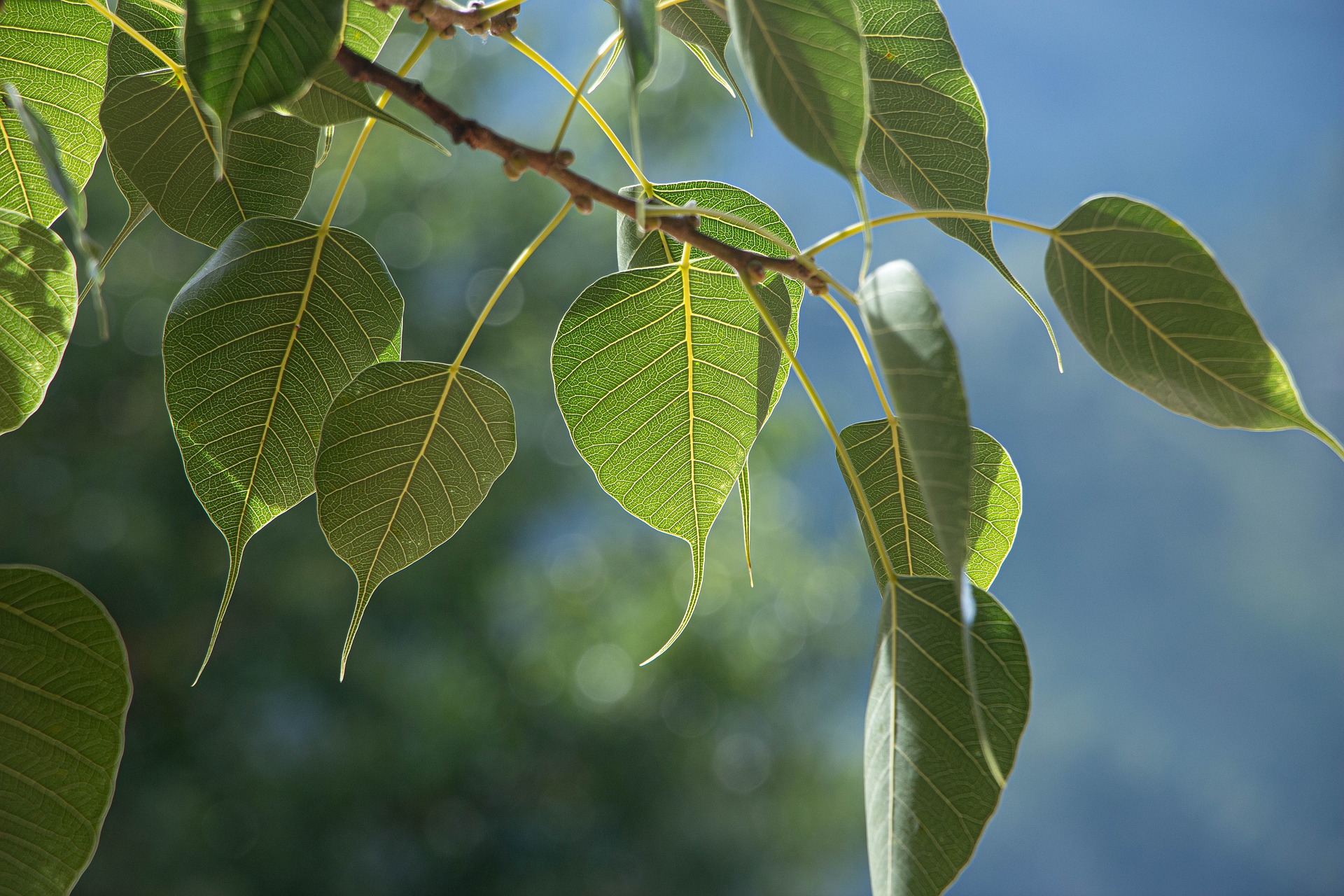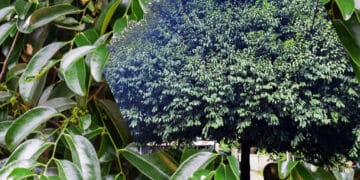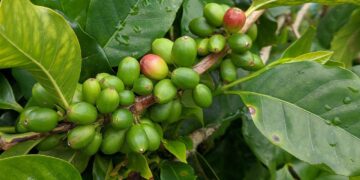Of the billions of trees found in various parts of the world, only the Bodhi tree, which is revered by the public, is highly revered. The legend of the Bo tree dates back to ancient times. The southern plant of the Bo tree, which provided shade for Gautama Buddha to attain enlightenment, arrived in Sri Lanka 2292 years ago. During the reign of King Pathissa II, the branch was inaugurated by Ven. It has been able to tell this proud history because it is still revered today. Currently native to India, the plant grows to a height of 25 m and covers a large area on average. The Bo tree, botanically named Ficus religiosa L (Latin), belongs to the genus Moraceae. There are two types of breeding. One is the sacred Bo tree that none of us knows about. The other is called kaka or Kawudu bo. Although the nature of both species is largely the same, in order of distribution, the two species have to be separated. The scientific name of the raven breeding tree is Peacock Arnott. (F.arnottiana) The word “Arnott” means “neighbour.” Peacock is the name of the Nuga family. The word religion means something of religious significance. Accordingly, it can be considered that this botanical name has been used.
| Botanical name | Ficus religiosa |
| Kingdom | Plantae |
| Genus | Moraceae |
| Species | F. religiosa |
Benefits
Cultivated for worship and shade in temples. Parts of this plant are also used in medicine.
Distribution
Native to India, the Bo tree extends from the foothills of the Himalayas to Sri Lanka and Thailand to the other side.
Nomenclature in Other Countries
The Bo tree was first known as Asathu. In the cool shade of this plant, the Supreme Buddha was called Bodhi, which means to be wise after attaining Enlightenment. This plant is known as Boduma, Madalapath, Dumindu, Saladala, Bahuparna, Pipul (Hindi), Arasa (Tamil).










